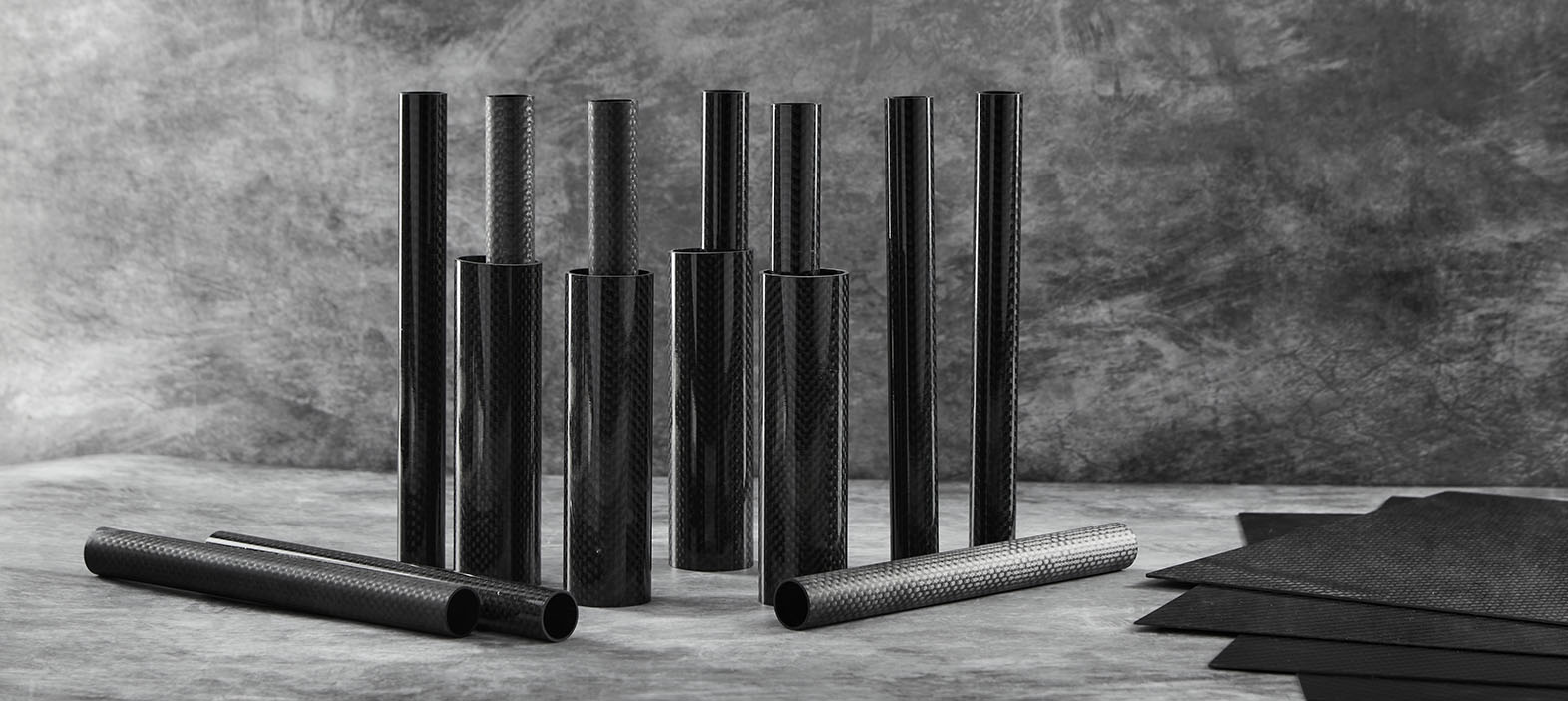
Exploring the conductivity of carbon fiber composites
👁 Reads: 308
In the realm of materials science, the pursuit of innovative solutions is often driven by real-world application needs. Carbon fiber composites have emerged as versatile materials, combining carbon fibers with a polymer matrix. These composites offer exceptional mechanical properties, including a high strength-to-weight ratio, stiffness, and fatigue resistance, making them ideal for aerospace, automotive, sporting goods, construction, and other industries. They significantly contribute to weight reduction in automobiles and aircraft, improving fuel efficiency and performance. However, challenges arise regarding the vulnerability of carbon fiber composites to lightning strikes in aircraft, necessitating extensive research.
Central to these challenges is the crucial need to accurately assess the electrical conductivity of carbon fibers composites. This parameter not only influences structural integrity but also holds significance in applications requiring conductivity, such as electromagnetic shielding in aerospace.
Understanding Carbon Fiber: The Backbone of Composites
Carbon fibers are essential components of composite materials, renowned for their exceptional properties. Crafted from organic precursors like polyacrylonitrile (PAN) or rayon, these fibers exhibit high strength, stiffness, and low density, making them ideal for diverse applications.
Arranged into layers, carbon fibers form strong composites through tensioning and heating. While they possess impressive thermal and electrical conductivity, with values of 1,000 W/mK and 106 S/m respectively, their integration into composites alters their conductivity properties. It is important to note that pure carbon fibers act like mini graphite conductors, but when woven into composites with insulating resins, they become insulators.
Carbon Fiber Tubes: Variants and Applications
- Pultruded Carbon Fiber Tubes: Pultrusion is the method used to craft these carbon fiber tubes. Carbon fiber rovings are infused with resin and pulled through a heated die, where curing occurs. This continuous process guarantees uniformity in structure and mechanical properties. The resulting tubes are known for their strength, rigidity, and dimensional stability, perfect for structural applications requiring reliability.
- Roll-Wrapped Carbon Fiber Tubes: Crafted by wrapping continuous carbon fiber prepreg around a mandrel, roll-wrapped tubes offer versatility in design and exceptional strength-to-weight ratios. They are favored in applications requiring precise control over mechanical properties.
- Carbon Fiber Rods: While not tubes per se, carbon fiber rods share similar characteristics with tubes and are widely used in applications such as tent poles, fishing rods, and reinforcement structures.
Conductivity in Carbon Fiber Composites: A Complex Interplay
The conductivity of carbon fiber composites is not a simple attribute but rather a multifaceted phenomenon influenced by several factors. Understanding these factors is crucial for optimizing the conductivity of these composite materials for various applications.
- Carbon Fiber Type: The type of carbon fiber utilized in composite materials significantly influences their conductivity. Variations in conductivity arise from differences in the crystalline structure and arrangement of carbon atoms within the fibers. Understanding and optimizing conductivity in carbon fiber composites involves manipulating three key factors:
- Fiber Volume Fraction: Increasing the volume fraction of conductive fibers within the composite enhances conductivity. This concept can be likened to adding more conducting highways to a city, where a higher volume of fibers provides more paths for electricity, resulting in elevated conductivity.
- Fiber Orientation: Aligning carbon fibers in the same direction creates a "superhighway" for electricity, markedly increasing conductivity compared to randomly oriented fibers. Proper fiber orientation during the manufacturing process is essential for maximizing conductivity.
- Matrix Material: The matrix material also plays a pivotal role in determining composite conductivity. Utilizing conductive polymers or integrating conductive fillers into the matrix further enhances conductivity. By replacing insulating pathways with conductive ones within the matrix, the overall conductivity of the composite is significantly improved.
- Manufacturing Process: The method used to fabricate carbon fiber composites plays a pivotal role in determining their conductivity. Whether it's pultrusion, roll-wrapping, or other techniques, the manufacturing process influences factors such as fiber alignment and resin content, which, in turn, impact the final conductivity of the composite material. Proper control and optimization of these parameters are essential for achieving desired conductivity levels.
- Additives and Fillers: Introducing conductive additives or fillers into the composite matrix can significantly enhance its conductivity. Materials like carbon nanotubes or graphene serve as conductive pathways within the composite, facilitating electron flow and augmenting overall conductivity. Careful selection and incorporation of these additives are essential to tailor the conductivity of the composite according to specific application requirements.
Applications and Implications
The conductivity of carbon fiber composites unlocks a myriad of applications across industries:
- Aerospace and Defense: Carbon fiber composites with tailored conductivity can be employed in aircraft and defense systems for electromagnetic shielding and lightning strike protection.
- Automotive: Electric and hybrid vehicles can utilize conductive carbon fiber composites to dissipate static electricity and enhance safety in onboard electronics.
- Renewable Energy: Carbon fiber composite components can find application in wind turbine blades and solar panels, where conductivity facilitates efficient energy transfer and dissipation.
- Sensors and Structural Health Monitoring: Carbon fiber tubes with tailored conductivity capabilities can serve as versatile sensors, detecting pressure, strain, and temperature variations. These sensors are invaluable for structural health monitoring applications in aerospace, automotive, and robotics industries, enabling proactive maintenance and ensuring operational efficiency.
In summary, the exploration of the conductivity of carbon fiber composites unveils a vast potential for innovation and advancement. Unlocking the conductivity of these materials opens doors to enhanced structural integrity, advanced electronic functionalities, and transformative advancements across industries. From ultralight, super-conductive tubes for futuristic electronics to self-healing composites and bio-inspired materials, the future of carbon fiber is electrifying and filled with possibilities. Ongoing research revolutionizes industries, paving the way for lightweight, durable, and conductive materials to drive progress and innovation forward.





